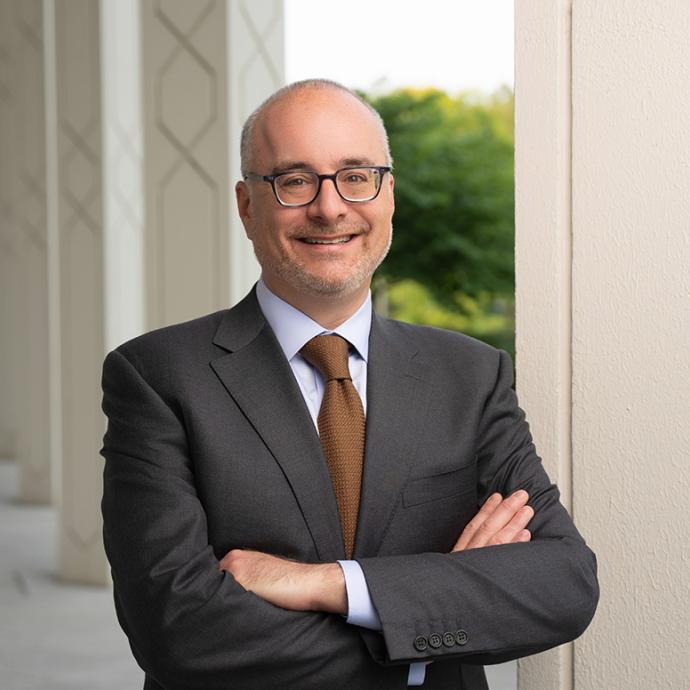The number of confirmed planets beyond our solar system, or exoplanets, now nears 4,000. Citizen scientists have joined the search and recently helped discover an exoplanet in the “habitable zone,” the range of distances from a star where liquid water may exist on a planet’s surface. But researchers are still on the hunt, hoping to better understand the structure and evolution of these distant worlds.
On April 9, MIT astrophysicist Sara Seager will discuss the latest advances in the field of exoplanetary research during the 11th annual University of Chicago Brinson Lecture, which aims to engage the public in field-defining research by leading astronomers, astrophysicists and cosmologists.
“For thousands of years, people have wondered: ‘Are there planets like Earth?’ ‘Are such planets common?’ ‘Do any have signs of life?’” Seager wrote in her description of the lecture. “Today, astronomers are poised to answer these ancient questions.”
The lecture, which is free and open to the public, will be held at 6 p.m. April 9 at the School of the Art Institute of Chicago. Previous events have addressed topics from the origin and evolution of galaxies to supermassive black holes, and have included decorated scientists including Prof. Wendy Freedman and Nobel laureate Kip Thorne.
A planetary scientist and 2013 MacArthur fellow, Seager focuses on the theory, computation and data analysis of exoplanets. Her research led to the first detection of an exoplanet atmosphere. She also works in space instrumentation and space missions and is a co-investigator of the MIT-led Transiting Exoplanet Survey Satellite, a NASA mission to survey 200,000 of the brightest stars near the sun to search for transiting exoplanets. In its first three months of observations, TESS found three confirmed exoplanets and recorded six supernova explosions.
The lecture is co-sponsored by the University of Chicago and the School of the Art Institute of Chicago, with support from the Brinson Foundation, which aims to support education, public health and scientific research programs.










 —Prof. Kunle Odunsi
—Prof. Kunle Odunsi
